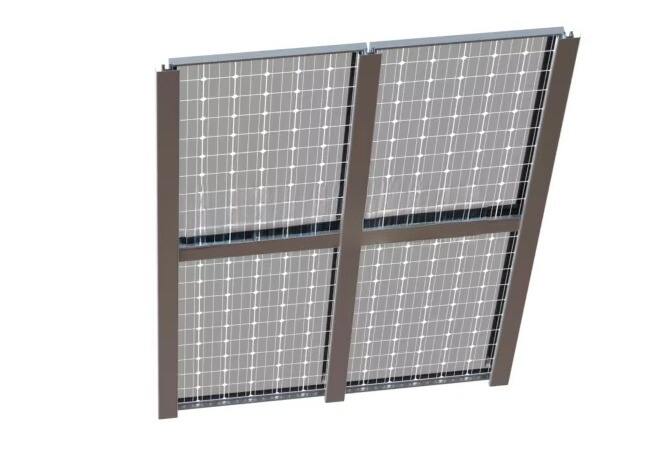Solar panel assembly refers to the process of combining individual solar cells into a functional panel, integrated with framing, glass, and electrical components to convert sunlight into electricity. This multi-step process begins with sorting and testing solar cells (monocrystalline, polycrystalline, or thin-film) to ensure uniform performance, as mismatched cells can reduce overall panel efficiency. Cells are then soldered together in series (to increase voltage) or parallel (to increase current) using conductive ribbons, forming cell strings. These strings are arranged on a backsheet (typically made of Tedlar or PVF for weather resistance) and laminated between a front glass layer (tempered, low-iron glass for high light transmittance) and an encapsulant (EVA or POE to bond components and block moisture). The laminated assembly is framed with aluminum alloy (6063-T5) to provide structural support, with pre-drilled holes for mounting and drainage channels to prevent water buildup. Electrical components—junction boxes (with diodes to prevent reverse current) and MC4 connectors—are attached to the back, enabling wiring to inverters. Quality control is rigorous: panels undergo flash testing to verify power output (Wattage), thermal cycling (to simulate temperature extremes), and mechanical load tests (to ensure they withstand wind and snow). Advanced assemblies may include anti-reflective coatings on glass, bifacial designs (capturing light from both sides), or half-cut cells (reducing resistance and improving shade tolerance). Solar panel assembly combines precision engineering with material science, resulting in durable products (25–30 year warranties) that convert sunlight into clean energy efficiently. Whether for residential rooftops, utility-scale farms, or portable systems, the assembly process directly impacts performance, making it a critical stage in solar panel production.
